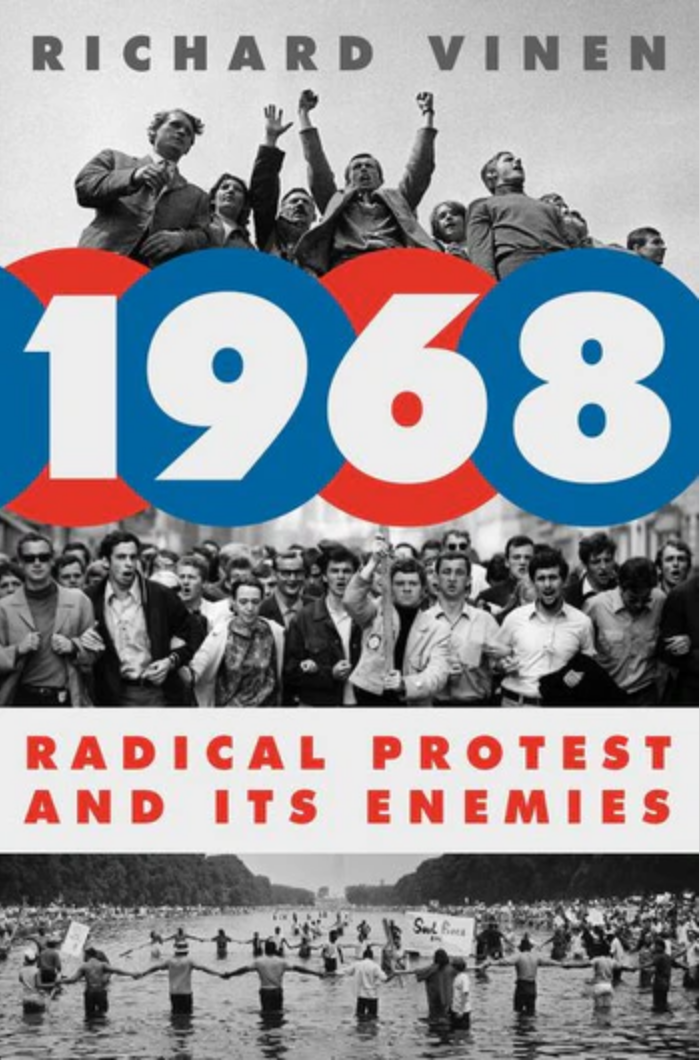Who were students against? Sometimes there was a mood of bitter hostility to teachers who were seen as authoritarian or complicit in some wider power structure. Equally professors were sometimes hostile to student activists whom they saw as a threat to the qualities—order, tranquility, reasoned debate—that they regarded as essential to university life. Though students often denounced their enemies as “fascists,” their bitterest critics were often Jewish professors—Alexander Gerschenkron, Raymond Aron, Theodor Adorno—who were old enough to have personal memories of Nazism.
However, the struggle in the universities was never a simple conflict of generations and never completely divided teachers from students. Some academics maintained good relations with their students in 68, or even presented themselves as neutral figures in a struggle between students and “the university”—the rise of the professional academic administrator sometimes gave students and teachers a common enemy.
During the occupation of Columbia University in 1968, students marked their political affiliations with various colored armbands, but members of the faculty wore white bands. Very few professors were either completely for or completely against the student protests, and some took unexpected stands. The historians Rodney Hilton and John Saville, both ex-Communists in their fifties, acted as intermediaries between protesting students and the university authorities at Birmingham and Hull. René Rémond, a senior historian of relatively conservative views at Nanterre, later remarked that he was a soixante-huitardTh himself in a way because he welcomed the chance to reform his university.
Sometimes there was sympathy between student radicals and professors. The sinologist and historian of science Joseph Needham was master of one of the most conservative colleges in Cambridge but also belonged to Socialists in Higher Education, whose members sought “a critical destabilization of the system.” Antonio Negri—born in 1933 and a professor of sociology at Bologna—was a leader of the radical Marxist Lotta Continua. He was later prosecuted for having inspired terrorist acts by the Red Brigades, and the Italian authorities denounced him as the most prominent of the “bad masters”—a term that implies that some Italian students listened to their professors too assiduously.
Many academics led double lives that straddled the frontier between academic authority and student rebellion. Jonah Raskin spent some of his nights in 1968 participating in the student occupation of Columbia University but by day he commuted to Stony Brook University to teach his own classes. He was Dr. Raskin to his students, Jonah to his colleagues and “Jomo” to readers of his articles in the underground press.
